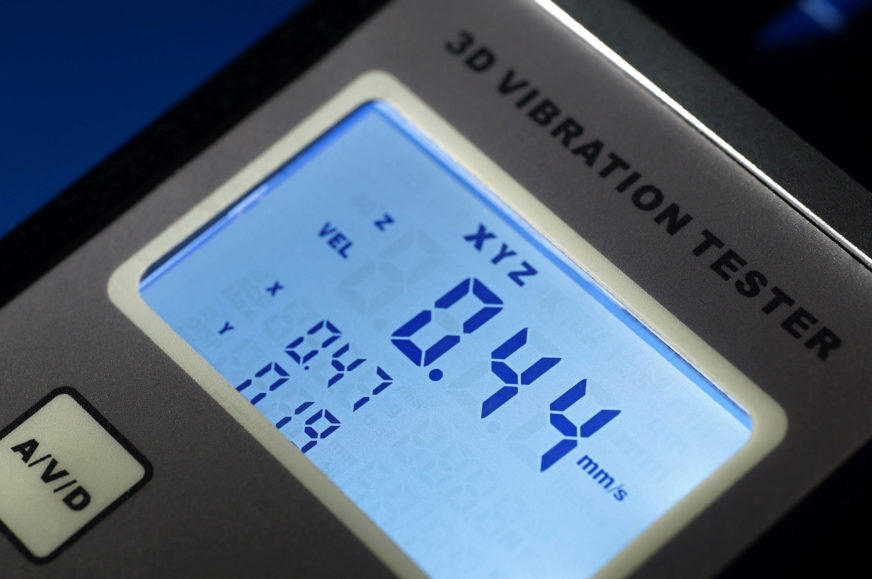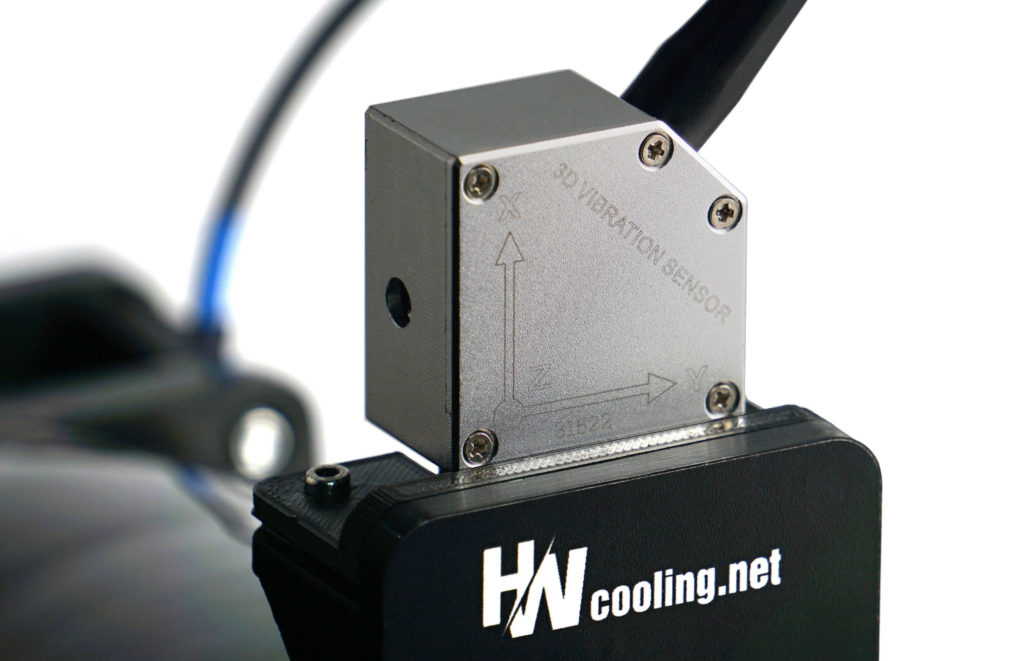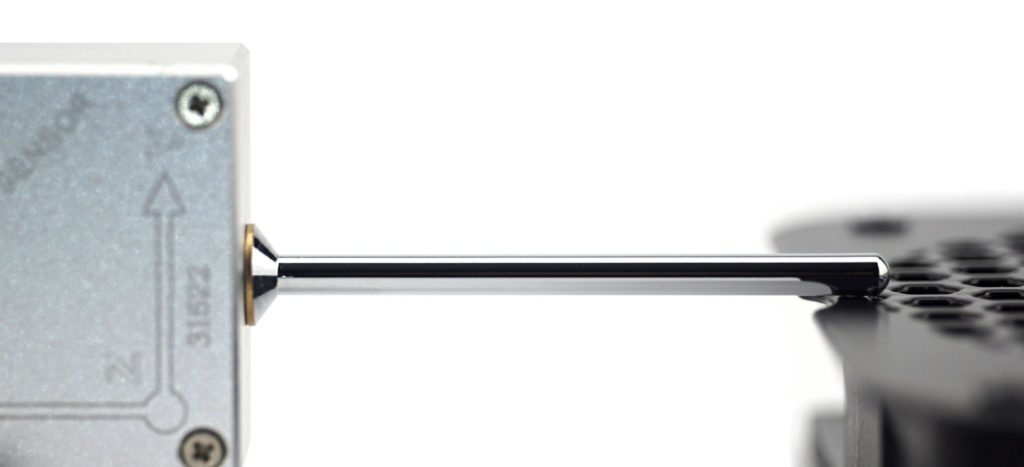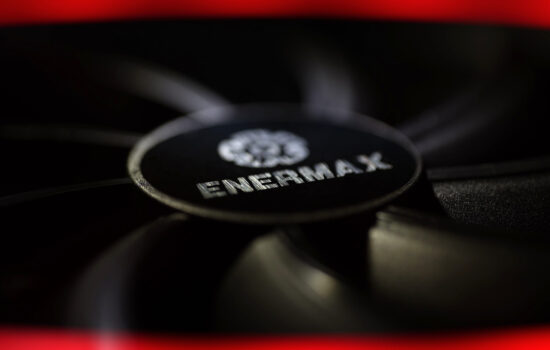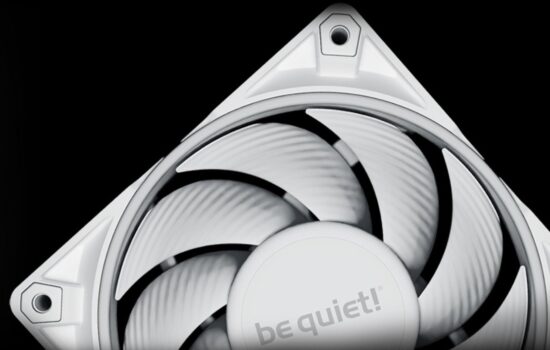Why is it important to have control over fan vibration?
In addition to basic parameters such as air flow, static pressure and noise level, information on vibration intensity should also be provided with fans. But it’s not. Manufacturers do not seem to be too concerned about this issue and are very lax in their approach. This is a pity, because the noise levels quoted are very abstract quantities, which in practice are shaped by the amount of fan vibration.
Sound itself is inherently vibrations. Some vibrations we want and expect (in the case of a loudspeaker, which would make no sound without them), others we have to accept and somehow endure (from airflow, for example), but with fans there are also downright unwanted vibrations. Namely, those that reach the frame and through the fixed parts to the body that is connected to it, typically the case or the radiator of the cooler. This creates a kind of ‘secondary noise’. The fan itself has a noise level that has certain values in ideal (laboratory) conditions but is different in practice (in a computer).
How fan noise is shaped by obstacles (grille, different types of filters or radiators), we discuss in detailed fan tests. These are also a passive source of secondary noise. Its level depends on several aspects. Apart from the main one – increased mechanical resistance around the rotor – it is also the intensity of vibration, which is transmitted to some extent to the frame and from it to a cooler or a case. Consequently, these components are then also the source of sound, which therefore consists of the noise of the fan and the noise of the obstacle.
Obstacle noise can be suppressed to a certain extent, but when it comes to the aerodynamic flow component, miracles are naturally not to be expected. There is considerably more room for change in, say, the mechanical component, or the noise created by shaking, vibration of the frame. We also measure this in detail in our fan tests. The vibrations on the frame arise for a number of reasons. First of all, due to the turbulence that is around each and every fan. But then the intensity of the vibration is also influenced by the precision of the rotor balance or the composition of the stator poles. The more of them (usually four, but some fans have six), the smoother the rotation and the lower the vibrations transmitted from the fan core to the frame.
Vibrations can also be reduced (or increased) by the quality of the bearings, their friction, etc. There are several things that contribute to the result, and rubber pads are usually used to suppress vibration, but they often don’t solve anything. When mounted on a radiator, the vibrations from the fan to the radiator are easily transferred via metal screws or clips. It wasn’t until the Fortis 5 that we spotted how efficiently the Poles had devised a fan mount in this regard. The steel clips on the fan side are anchored in silentblocks and are thus isolated from the frame skeleton. But Akasa is trying to do something about these things, too. The new OTTO fans feature a “suspended” platform that could eliminate vibrations from turbulence. How effective is the implementation of this solution remains to be seen, after we test it.
You already know how we measure vibration in fans. We’ve already written a bit about this, but we’d like to highlight this issue because it’s an important one that fan companies seem to ignore. When stating the noise level, put the vibration intensity right up there with it as a second figure. Because a fan with a noise level of 25 dBA can ultimately produce more noise than a fan with twice the noise level on paper. It just needs to vibrate more. And trust us, it’s not about any cosmetics. Sooner or later, we’ll show you just how noisy such vibrations can be.
Our three-axis vibrometer allows, among other things, the recording of sound, which will in turn be represented on spectrograms. The secondary noise from vibrations can be easily even higher than the noise of the fan itself in ideal conditions away from contact with another body. During the development of our tunnel, we agonized for a very long time over how to make it so that the vibrations from the frame would not be transmitted to the wind tunnel skeleton, but at the same time could be clearly monitored and calculated with when choosing the right fan. In all simplicity, it can be noted that the more a fan vibrates, the less suitable it is for cases with thin sheet metal.
The more robust the design of the component on which you install the fan, the less negative impact vibration could have. However, we will analyze everything properly over time. This article is just a primer to point out that vibration in fans definitely needs to be properly accounted for. And it would be nice if this was also done at the level of manufacturers’ parameters.
Although we know that measuring vibrations, and even weak ones like from fans, is very difficult, the fact that this is an extremely useful thing, which should be standardized for the parameters of computer fans, is shared, for example, by Noctua. So let’s see who will be the first to address this and consistently talk about all the features of their fans. If anyone needs a helping hand… info@hwcooling.net.
English translation and edit by Jozef Dudáš





